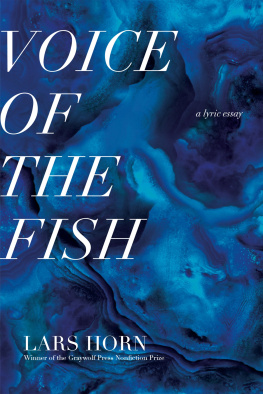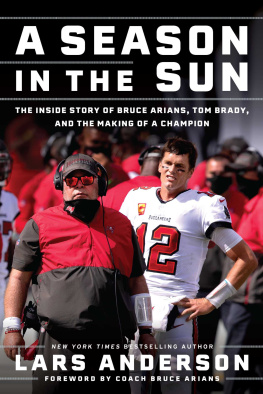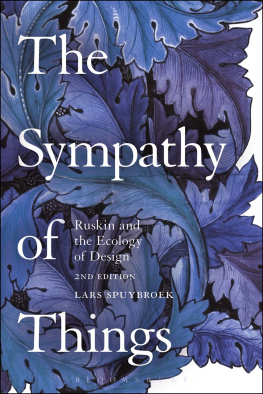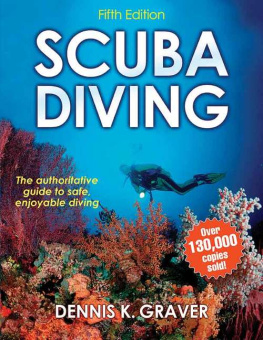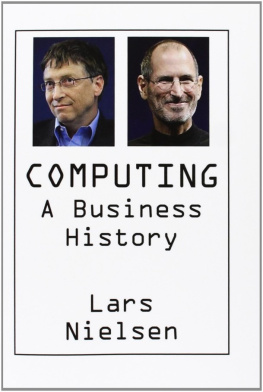Lars Eighner - On Dumpster Diving
Here you can read online Lars Eighner - On Dumpster Diving full text of the book (entire story) in english for free. Download pdf and epub, get meaning, cover and reviews about this ebook. publisher: St. Martins Publishing Group, genre: Art. Description of the work, (preface) as well as reviews are available. Best literature library LitArk.com created for fans of good reading and offers a wide selection of genres:
Romance novel
Science fiction
Adventure
Detective
Science
History
Home and family
Prose
Art
Politics
Computer
Non-fiction
Religion
Business
Children
Humor
Choose a favorite category and find really read worthwhile books. Enjoy immersion in the world of imagination, feel the emotions of the characters or learn something new for yourself, make an fascinating discovery.

- Book:On Dumpster Diving
- Author:
- Publisher:St. Martins Publishing Group
- Genre:
- Rating:5 / 5
- Favourites:Add to favourites
- Your mark:
- 100
- 1
- 2
- 3
- 4
- 5
On Dumpster Diving: summary, description and annotation
We offer to read an annotation, description, summary or preface (depends on what the author of the book "On Dumpster Diving" wrote himself). If you haven't found the necessary information about the book — write in the comments, we will try to find it.
On Dumpster Diving — read online for free the complete book (whole text) full work
Below is the text of the book, divided by pages. System saving the place of the last page read, allows you to conveniently read the book "On Dumpster Diving" online for free, without having to search again every time where you left off. Put a bookmark, and you can go to the page where you finished reading at any time.
Font size:
Interval:
Bookmark:
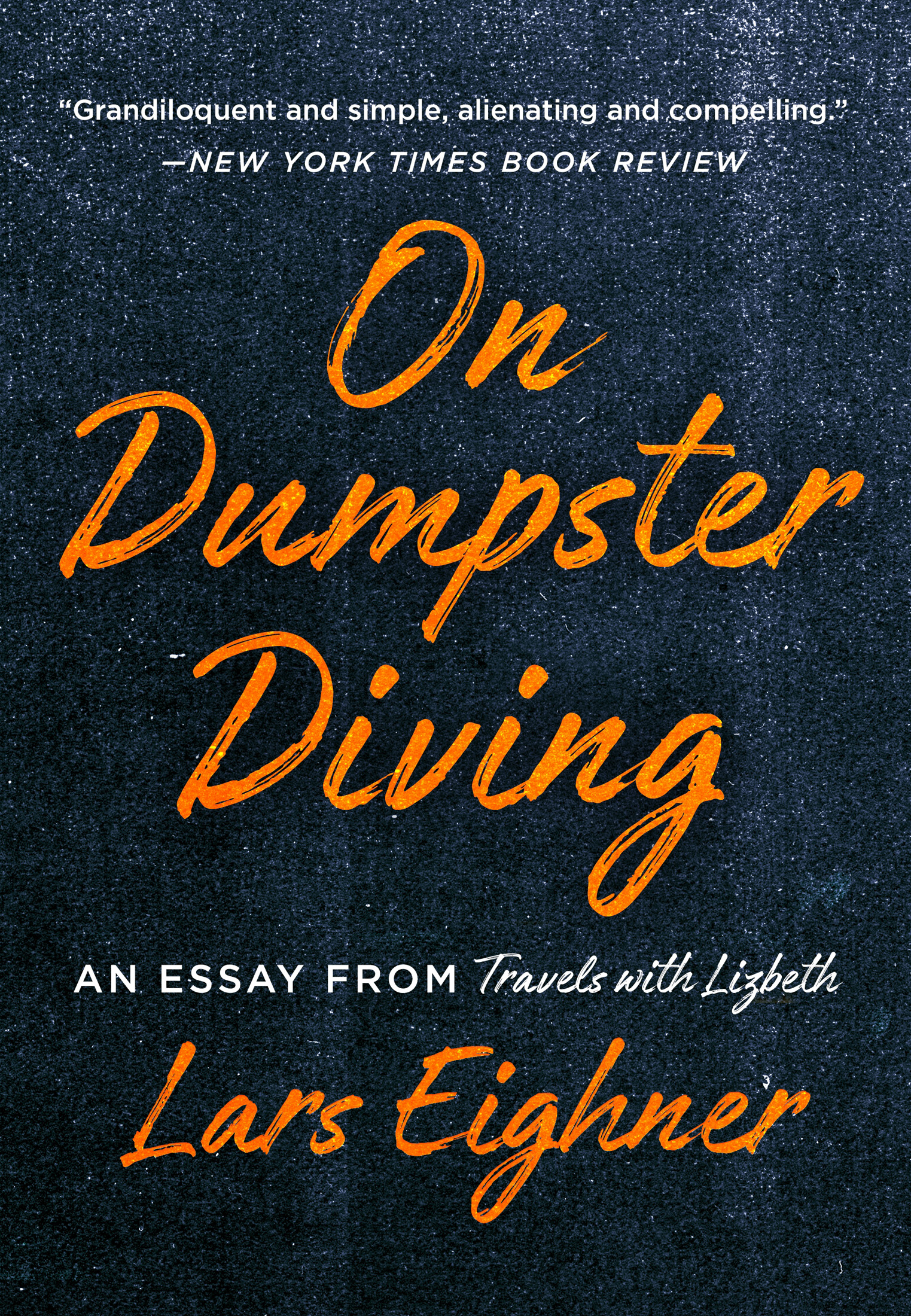

The author and publisher have provided this e-book to you for your personal use only. You may not make this e-book publicly available in any way. Copyright infringement is against the law. If you believe the copy of this e-book you are reading infringes on the authors copyright, please notify the publisher at: us.macmillanusa.com/piracy.
This chapter was composed while the author was homeless.
The present tense has been preserved.
Long before I began Dumpster diving I was impressed with Dumpsters, enough so that I wrote the Merriam-Webster research service to discover what I could about the word Dumpster. I learned from them that it is a proprietary word belonging to the Dempster Dumpster company. Since then I have dutifully capitalized the word, although it was lowercased in almost all the citations Merriam-Webster photocopied for me. Dempsters word is too apt. I have never heard these things called anything but Dumpsters. I do not know anyone who knows the generic name for these objects. From time to time I have heard a wino or hobo give some corrupted credit to the original and call them Dipsy Dumpsters.
I began Dumpster diving about a year before I became homeless.
I prefer the word scavenging and use the word scrounging when I mean to be obscure. I have heard people, evidently meaning to be polite, use the word foraging, but I prefer to reserve that word for gathering nuts and berries and such, which I do also according to the season and the opportunity. Dumpster diving seems to me to be a little too cute and, in my case, inaccurate because I lack the athletic ability to lower myself into the Dumpsters as the true divers do, much to their increased profit.
I like the frankness of the word scavenging, which I can hardly think of without picturing a big black snail on an aquarium wall. I live from the refuse of others. I am a scavenger. I think it a sound and honorable niche, although if I could I would naturally prefer to live the comfortable consumer life, perhapsand only perhapsas a slightly less wasteful consumer, owing to what I have learned as a scavenger.
While Lizbeth and I were still living in the shack on Avenue B as my savings ran out, I put almost all my sporadic income into rent. The necessities of daily life I began to extract from Dumpsters. Yes, we ate from them. Except for jeans, all my clothes came from Dumpsters. Boom boxes, candles, bedding, toilet paper, a virgin male love doll, medicine, books, a typewriter, dishes, furnishings, and change, sometimes amounting to many dollarsI acquired many things from the Dumpsters.
I have learned much as a scavenger. I mean to put some of what I have learned down here, beginning with the practical art of Dumpster diving and proceeding to the abstract.
WHAT IS SAFE to eat?
After all, the finding of objects is becoming something of an urban art. Even respectable employed people will sometimes find something tempting sticking out of a Dumpster or standing beside one. Quite a number of people, not all of them of the bohemian type, are willing to brag that they found this or that piece in the trash. But eating from Dumpsters is what separates the dilettanti from the professionals. Eating safely from the Dumpsters involves three principles: using the senses and common sense to evaluate the condition of the found materials, knowing the Dumpsters of a given area and checking them regularly, and seeking always to answer the question Why was this discarded?
Perhaps everyone who has a kitchen and a regular supply of groceries has, at one time or another, made a sandwich and eaten half of it before discovering mold on the bread or got a mouthful of milk before realizing the milk had turned. Nothing of the sort is likely to happen to a Dumpster diver because he is constantly reminded that most food is discarded for a reason. Yet a lot of perfectly good food can be found in Dumpsters.
Canned goods, for example, turn up fairly often in the Dumpsters I frequent. All except the most phobic people would be willing to eat from a can, even if it came from a Dumpster. Canned goods are among the safest of foods to be found in Dumpsters but are not utterly foolproof.
Although very rare with modern canning methods, botulism is a possibility. Most other forms of food poisoning seldom do lasting harm to a healthy person, but botulism is almost certainly fatal and often the first symptom is death. Except for carbonated beverages, all canned goods should contain a slight vacuum and suck air when first punctured. Bulging, rusty, and dented cans and cans that spew when punctured should be avoided, especially when the contents are not very acidic or syrupy.
Heat can break down the botulin, but this requires much more cooking than most people do to canned goods. To the extent that botulism occurs at all, of course, it can occur in cans on pantry shelves as well as in cans from Dumpsters. Need I say that home-canned goods are simply too risky to be recommended.
From time to time one of my companions, aware of the source of my provisions, will ask, Do you think these crackers are really safe to eat? For some reason it is most often the crackers they ask about.
This question has always made me angry. Of course I would not offer my companion anything I had doubts about. But more than that, I wonder why he cannot evaluate the condition of the crackers for himself. I have no special knowledge and I have been wrong before. Since he knows where the food comes from, it seems to me he ought to assume some of the responsibility for deciding what he will put in his mouth. For myself I have few qualms about dry foods such as crackers, cookies, cereal, chips, and pasta if they are free of visible contaminates and still dry and crisp. Most often such things are found in the original packaging, which is not so much a positive sign as it is the absence of a negative one.
Raw fruits and vegetables with intact skins seem perfectly safe to me, excluding of course the obviously rotten. Many are discarded for minor imperfections that can be pared away. Leafy vegetables, grapes, cauliflower, broccoli, and similar things may be contaminated by liquids and may be impractical to wash.
Candy, especially hard candy, is usually safe if it has not drawn ants. Chocolate is often discarded only because it has become discolored as the cocoa butter de-emulsified. Candying, after all, is one method of food preservation because pathogens do not like very sugary substances.
All of these foods might be found in any Dumpster and can be evaluated with some confidence largely on the basis of appearance. Beyond these are foods that cannot be correctly evaluated without additional information.
I began scavenging by pulling pizzas out of the Dumpster behind a pizza delivery shop. In general, prepared food requires caution, but in this case I knew when the shop closed and went to the Dumpster as soon as the last of the help left.
Such shops often get prank orders; both the orders and the products made to fill them are called bogus. Because help seldom stays long at these places, pizzas are often made with the wrong topping, refused on delivery for being cold, or baked incorrectly. The products to be discarded are boxed up because inventory is kept by counting boxes: A boxed pizza can be written off; an unboxed pizza does not exist.
Font size:
Interval:
Bookmark:
Similar books «On Dumpster Diving»
Look at similar books to On Dumpster Diving. We have selected literature similar in name and meaning in the hope of providing readers with more options to find new, interesting, not yet read works.
Discussion, reviews of the book On Dumpster Diving and just readers' own opinions. Leave your comments, write what you think about the work, its meaning or the main characters. Specify what exactly you liked and what you didn't like, and why you think so.


